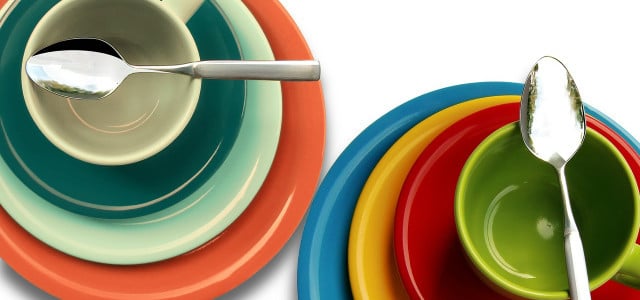
Melamine dishes are popular because it is stable, frost-safe and light. But there are good reasons to do without plastic tableware.
![]()
Colorful cups, cups, spoons and plates made of melamine put a good mood at the dining table and are practical: the material is durable, frosted and, thanks to the low weight, melamine dishes are also suitable for on the go. But the plastic is criticized for possible health risks.
What is melamine?
Melamine is a white, odor and tasteless powder. Today it is obtained industrially made of urea. In turn, urea arises, among other things, when the natural gas is burned. Most of the melamine is processed into synthetic resins. To do this, Melamine is mixed with formaldehyde, which is contained, for example, in nail polish, clothing, medication and also in plastics.
The melamine resin obtained is often processed into crockery of all kinds – from spoons to cups to salad sweeties. However, various consumer protection organizations warn of melamine dishes because the material can release pollutants. In animal experiments, melamine and formaldehyde have shown harmful and cancer -promoting effects, reports, for example, the consumer advice center.
Therefore, the European Chemical Agency (ECHA) Melamin relied on the so -called candidate list of particularly worrying fabrics in December 2022. Several manufacturers subsequently sued this classification. In the summer of 2025, however, the European Union decided that the plastic officially remained on the European list of particularly worrying substances.
The consumer advice center criticizes that manufacturers of kitchen utensils are not obliged to point out the use of melamine. Some use the abbreviation MF as marking – melamine can also hide behind the recycling code 07.
Reason 1: Melamine dishes can release toxic substances
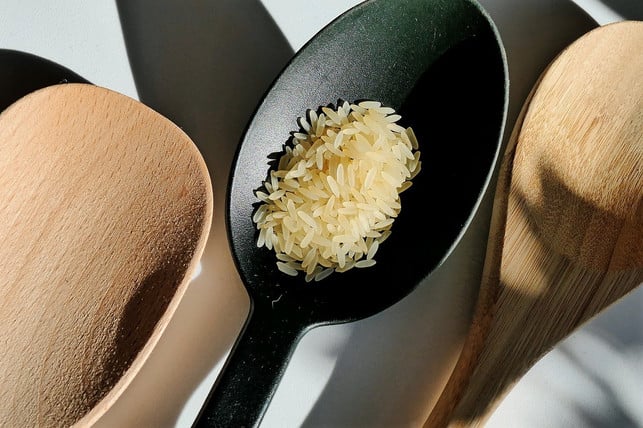
From a temperature of 70 degrees Celsius, dishes made of melamine releases the components formaldehyde and melamine. The consumer advice center also warns of this, because health -damaging effects have been demonstrated for both substances:
- Melamin showed a toxic effect on the bladder in animal experiments. It is suspected of causing diseases in the bladder and kidney system.
- Formaldehyde is skin and mucous membrane. After inhaling, it can promote the risk of cancer in the nasal throat. It is also known as a trigger for allergies.
There are therefore exact limit values for both substances. A maximum of 2.5 milligrams of melamine and 15 milligrams of formaldehyde per kilogram of food may be included. According to the consumer center, you should not absorb more than 0.2 milligrams of melamine per kilogram of body weight a day. If you heat melamine dishes in the microwave or fill it with too hot tea, you can exceed this limit.
Cooking utensils such as wooden spoons or spoons are also made of melamine. Under no circumstances should you lie in the pan or in the pot, because even then melamine and formaldehyde can go into the food. It is best to do without melamine cookware and use wooden chef.
Results of Öko-Test: Oko-Test also advises against melamine dishes. In 2020, the consumer magazine sent nine children’s crowd into the laboratory and had it examined how much melamine and formaldehyde they release them. The results:
- At least small quantities of formaldehyde detached from all the bullets.
- In three fires, Öko-Test found “strikingly high values” of formaldehyde or melamine.
- Some manufacturers – especially bamboo dishes – also advertise with questionable environmental promises. But: the bambooware almost always contains melamine and, unlike claimed, cannot be “biodegradable”.
- Instead, Öko-Test advises materials such as organic PE or plastics from renewable raw materials.
>> All test results of Öko-Test as e-paper
Reason 2: acids solve toxic substances
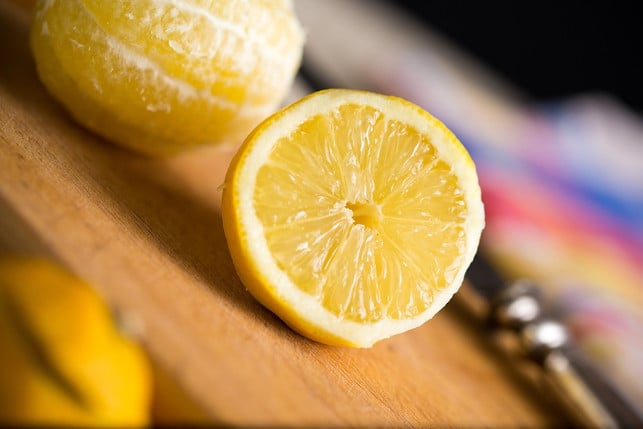
According to the Federal Institute for Risk Assessment (BfR), the mixture of acidic dishes and heat is particularly dangerous: If you heat fruit or vegetables on melamine dishes in the microwave above 70 degrees, a lot of melamine and formaldehyde are released.
Reason 3: Recycling of melamine dishes is complicated
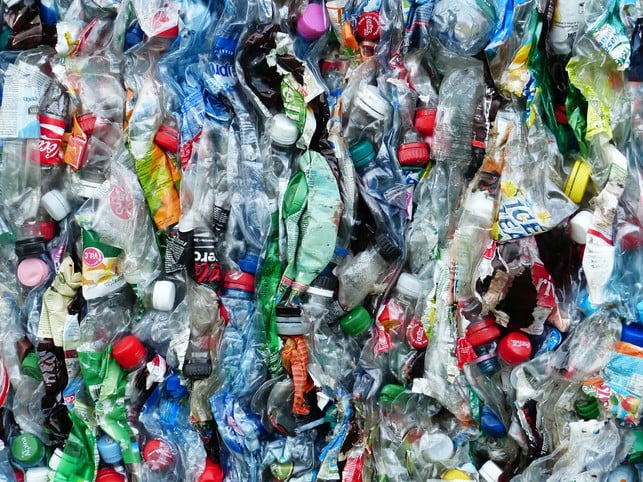
Due to its constant properties, melamine dishes cannot be ecologically degradable and very difficult to recycle. Usually pure plastic is crushed in the recycling process and then shaped under heat. Melamine plastic can be shredded, but not thermally transformed.
One way is to process the melamine plastic into powder and then bring them back into new shapes with other fabrics. Researchers also deal with elaborate chemical processes in order to solve melamine plastic and process it further.
So the recycling of Melamin is not easy and how it can be recycled for everyday life remains unclear. In case of doubt, it is first sorted out as a special waste.
The best melamine alternatives
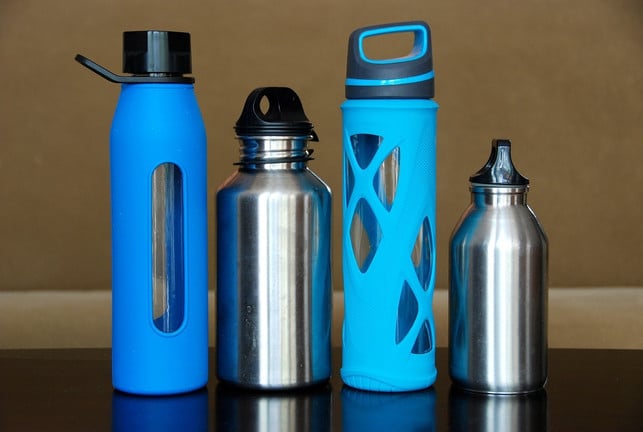
If you want to avoid melamine, you can switch to different alternatives:
1. Stainless steel
A good plastic -free alternative to dishes for camping vacation or the picnic is stainless steel dishes. It is almost made for eternity, because it is heat -resistant and very stable. In addition to plates, there are bottles, cutlery, bread boxes and even stainless steel children’s bottles. You can buy the dishes in camping shops, sometimes from a second hand in used goods shops and on the Internet (for example from Avocadostore).
- Reading tip: The best plastic-free lunch cans-made of stainless steel, glass & wood
In this utopia best list you will find heat-resistant drinking bottles for your needs:
Besty list: BPA-free drinking bottles
-
 Place 1Klean edge bottles
Place 1Klean edge bottles
4.8
57
Detailedavocadostore **
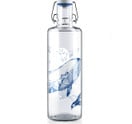 2nd placeSoulbottles
2nd placeSoulbottles
4.8
41
Detailsoulbottles **
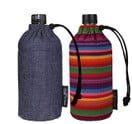 3rd placeEmil, the bottle to put on
3rd placeEmil, the bottle to put on
4.6
69
Detailedhans Natur **
 4th placeNalgene
4th placeNalgene
4.6
36
Detailed mountain lover **
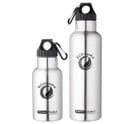 5th placeEcotanka Thermotanka
5th placeEcotanka Thermotanka
5.0
13
Deterewasser-aktuell.com **
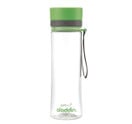 6th placeAladdin Aveo
6th placeAladdin Aveo
4.6
18
Detailedavocadostore **
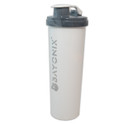 7th placeBB Bayonix Bottle
7th placeBB Bayonix Bottle
5.0
7
Detailed Green Picks **
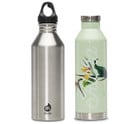 8th placeMitu
8th placeMitu
5.0
6
Detailed mountain lover **
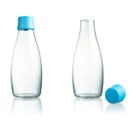 9th placeRetatap
9th placeRetatap
3.9
17
Detailedavocadostore **
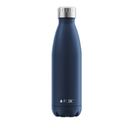 10th placeFLSK
10th placeFLSK
4.2
10
Detailflesk **
2. Bioplastics
Another alternative is bioplastic dishes based on renewable raw materials such as palm leaves, bamboo, sugar cane or corn. However, the plants are often grown in monocultures and are sometimes genetically modified. Palm leaves or the sugar cane often come from plantations for which rainforest was cut down.
In addition, with the cultivation of the plants for bioplastic, valuable acreage for food is often lost. So it is questionable whether the ecological balance of these products is really as good as promised. You should also take a close look when buying bioplastic dishes: these products often contain melamine resins with the binding of natural raw materials.
3. Wood
A good alternative to plastic utensils are biodegradable wooden products such as wooden spoons, brass turners or bowls. These are a bit heavier, but not as fragile as common porcelain dishes. Olive wood for plates or cooking tank or coconut shells for bowls are particularly suitable. Here you will find suggestions:
However, you have to consider: Exotic products such as coconut wood have a long way behind them and thus high CO2 emissions. In addition, the growing conditions are often critical. Here you can find out more: coconut: miracle cure or eco-sin? A more sustainable choice is dishes from local woods.
Revised by Annika Reketat
Read more on utopia.de:
- Living without plastic: These alternatives are great
- 10 things that parents shouldn’t give their children
- Tupperware: The best ecological alternatives
** marked with ** or orange underlined Links to sources of supply are partially partner links: If you buy here, you will actively support Techzle\.com, because we will then receive a small part of the sales proceeds. More information.
Recent Articles
Related Stories